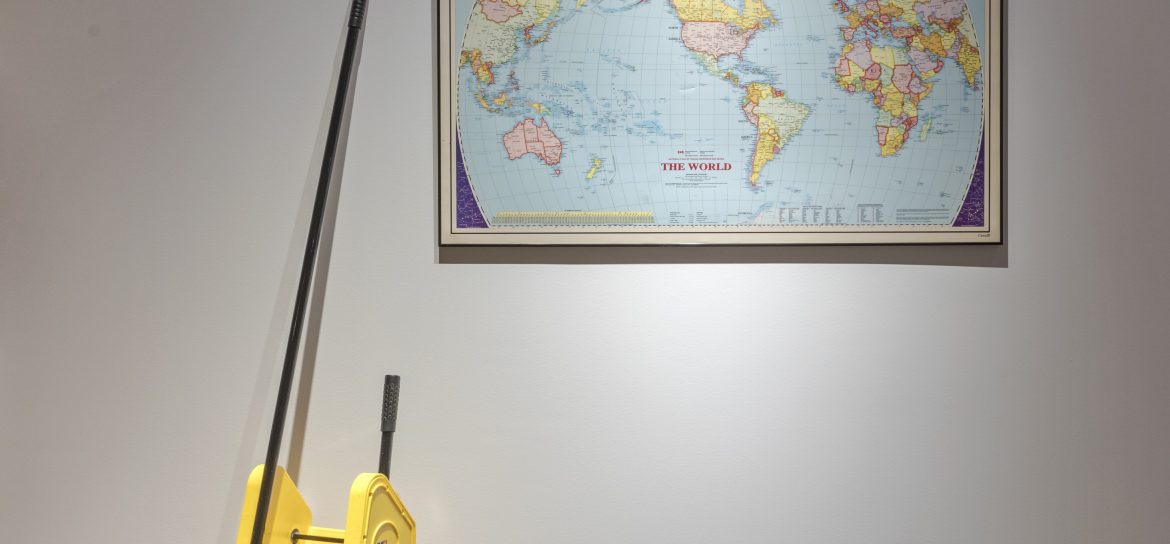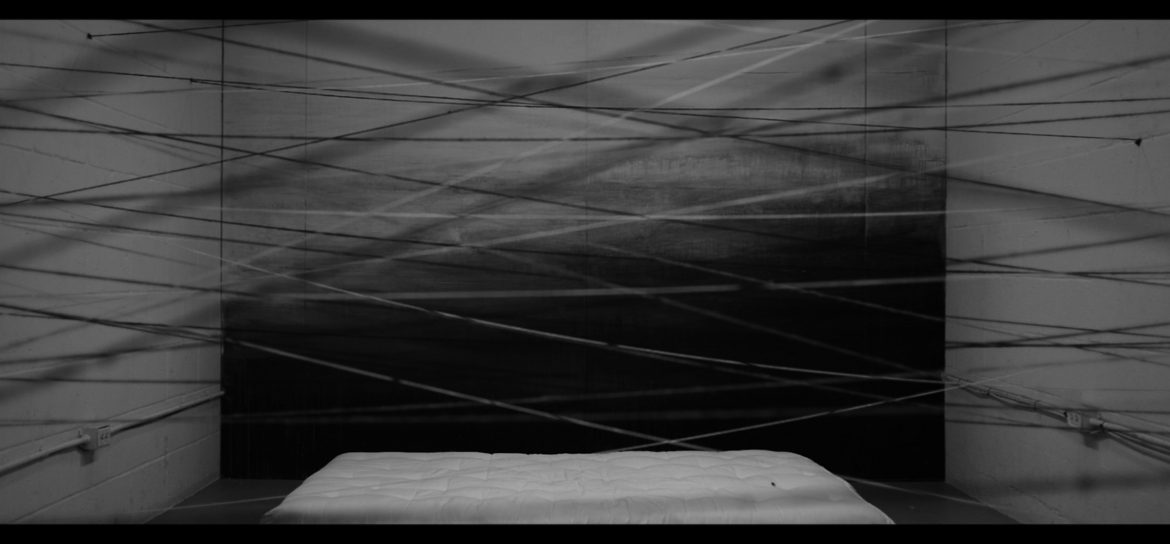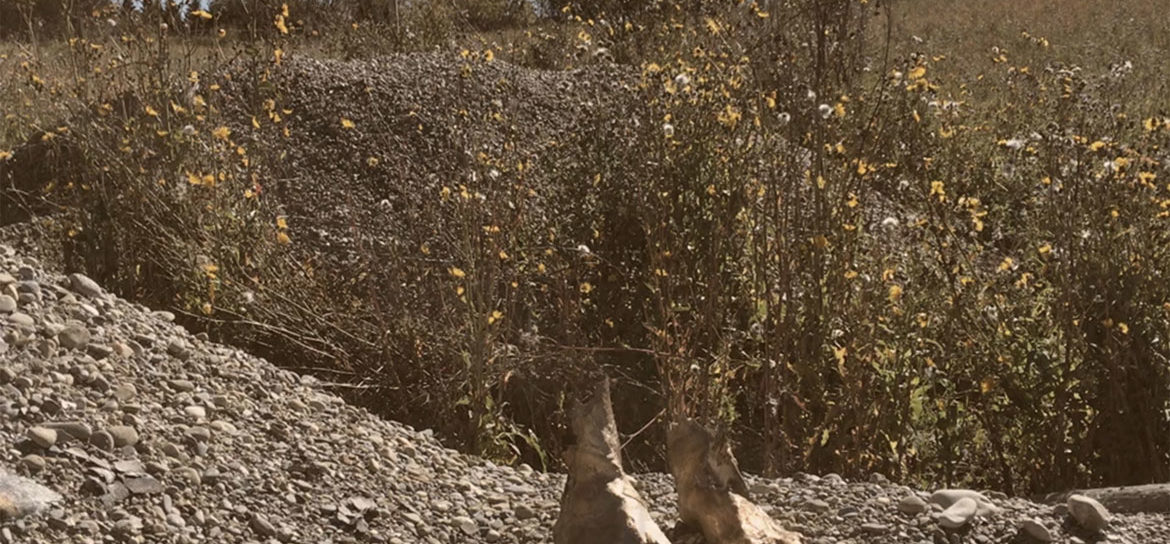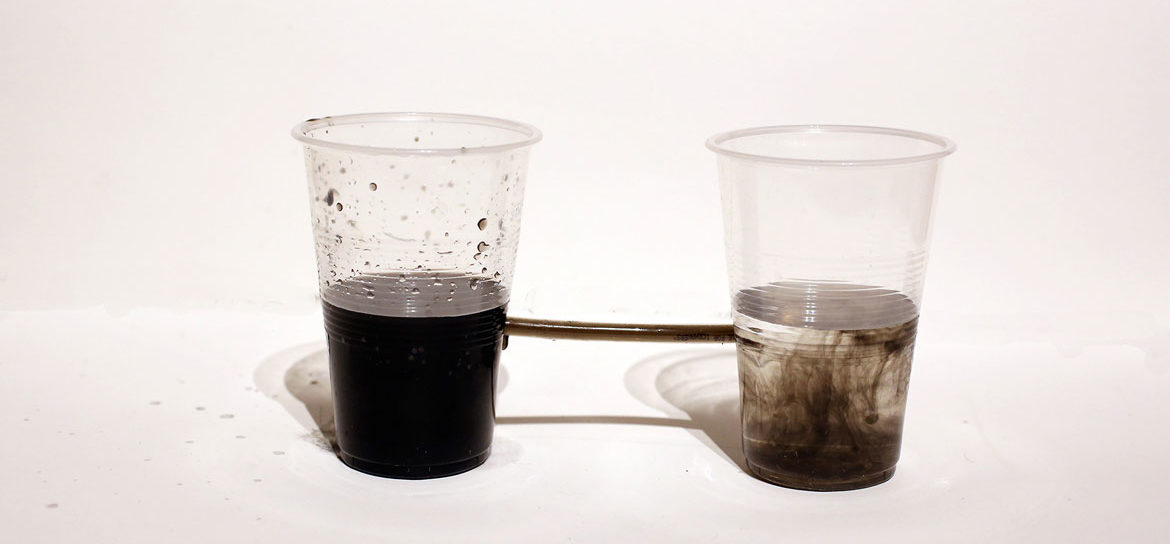Deux corpus d’œuvres où les artistes y vont d’un dialogue vivant, empathique et poignant autour des notions d’exil et de protestation tout en remettant en question notre relation avec la culture de production de masse.
Eyes Water Fire
Tomoyo Ihaya (Vancouver)
«Ihaya’s simple yet powerful depictions of candlelight processions, three-stranded rivers, blue lotuses, white yaks, green trees—and portraits of Tibetan Buddhists who have self-immolated in protest of Chinese occupation of their land and repression of their culture.»
STRAIGHT
«The acute and sincere grief in her work, the capacity to feel and convey the suffering of others, cannot leave any viewer unmoved.»
SEMINAR
Dans Eyes Water Fire, Tomoyo Ihaya propose vidéos, installation en techniques mixtes et dessins à petite et grande échelles qui font écho au réconfort qu’elle apporte depuis longtemps aux miséreux réfugiés tibétains installés dans le Nord de l’Inde.
Native du Japon et vivant maintenant à Vancouver, Ihaya possède une maîtrise en beaux-arts (gravure) de l’Université de l’Alberta. Depuis 2005, elle a visité l’Inde plus d’une douzaine de fois et y a noué des amitiés sincères avec plusieurs membres des communautés tibétaines en exil.
Bliss Points
Shyra De Souza (Calgary)
«A touch of the macabre with some backbone will be on display (…) Shyra De Souza’s mesmerizing installation (…) Phantom Limb resembles a mythical skeleton, yet is made out of re-configured thrift store finds included trinkets, ceramics and various knickknacks.»
WESTERN WHEEL
Avec Bliss Points, sorte d’épine dorsale où fusionnent de vieux objets restaurés, l’artiste interdisciplinaire Shyra De Souza soumet en quelque sorte le spectateur à sa stratégie d’exacerbation mimétique.
Installée à Calgary, De Souza a présenté ses œuvres en sols canadien, américain et européen. En 2016, le centre Oboro situé à Montréal a présenté Vestigial Manoeuvres, une installation de grande envergure entièrement composée d’objets trouvés dans les boutiques d’occasion locales.










